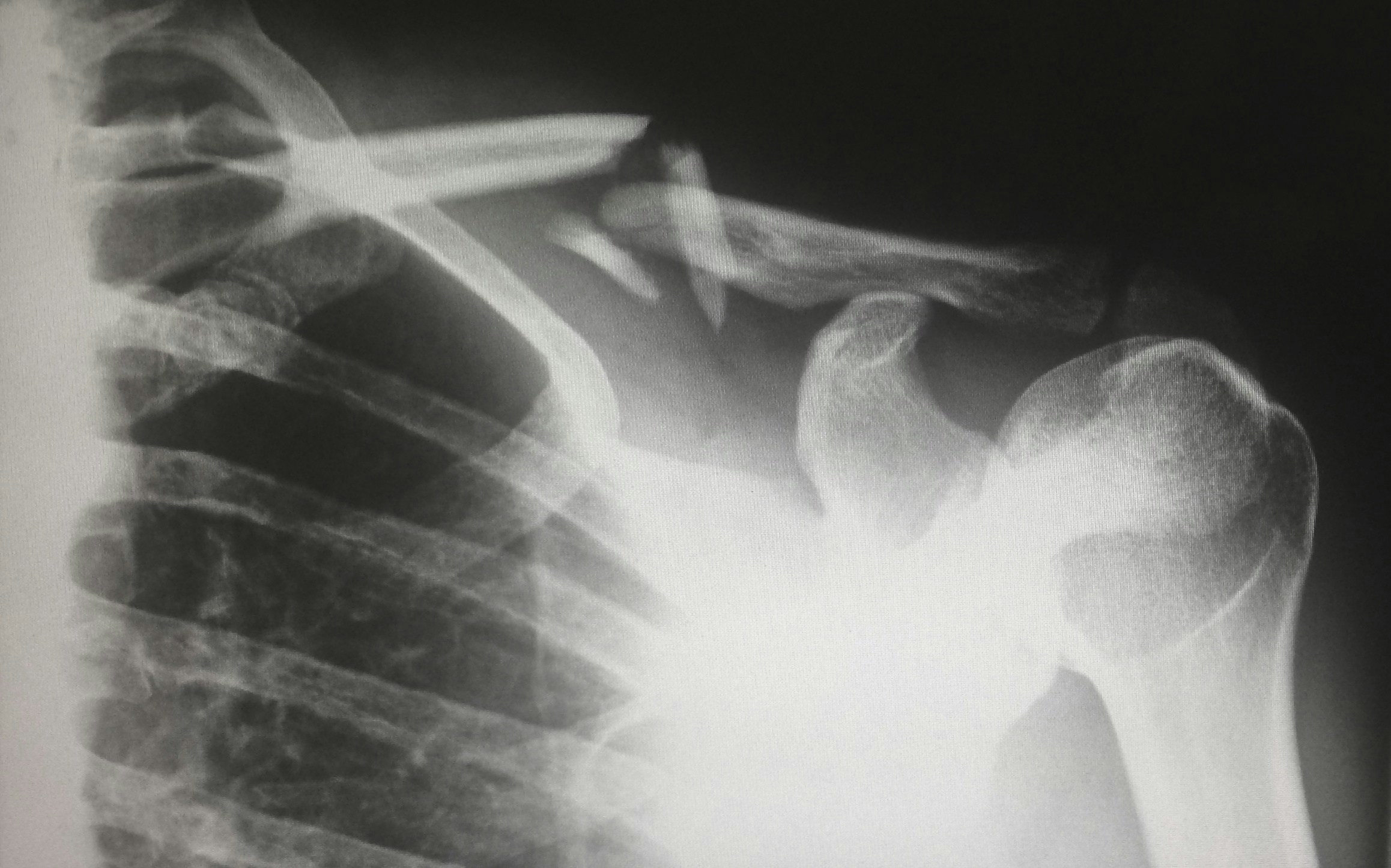Understanding the Personal Injury Claim Process
After you’re hurt, the last thing you want to be doing is navigating the claims process. This blog post breaks down the essentials of the personal injury claim process, helping you understand your rights and the steps to take should you suffer an injury due to someone else’s negligence.
It’s not just about filing paperwork; it’s about understanding the law, personal injury claim insurance, and individual rights. Having an experienced personal injury attorney through the claim process can be the difference between receiving the compensation you deserve and being overwhelmed by the complexities of legal procedures. Fill out a contact form or text 512-677-5003 for a free case evaluation.
How the Personal Injury Claim Process Works
The personal injury claim process begins with the unfortunate event of an injury. Whether it’s a slip on an icy sidewalk or a car accident on the highway, the repercussions can be life-altering for the injured person. If someone else’s actions or negligence contributed to the incident, the injured person has the right to file a claim.
This could mean initiating contact with the responsible party’s insurance company or moving forward with a lawsuit to cover medical bills, lost wages, property damage, and other losses. It’s a structured process that involves gathering evidence, negotiating with insurers, and possibly presenting your case in court.

What Kinds of Injuries Does PI Law Include?
Personal injury law is designed to cover a spectrum of situations where injuries occur. This encompasses not only medical bills for visible wounds such as lacerations or fractures but also the less apparent aftermath of serious accidents like emotional trauma or chronic pain.
Furthermore, it extends to cover the grievances of loved ones in the event of wrongful death and offers a path to justice for victims of medical malpractice. The common denominator in all these cases is the presence of harm inflicted upon an individual, warranting legal attention for reparation.
What Is Considered Bodily Injury?
Bodily injury is an umbrella term that includes any kind of physical harm inflicted upon an individual’s body. This can range from the immediately evident, such as cuts and bruises, to the more insidious injuries that may not manifest until much later, like whiplash or internal bleeding.
Although a car accident may be the most common, it is not restricted to accidents alone; it could also be injuries acquired through deliberate acts of violence, or even medical malpractice cases. Recognizing the full scope of bodily injury is crucial in personal injury claims as it directly impacts the kind of medical treatment required and the compensation claimed.
What Are the Legal Aspects of Bodily Injury?
The legal journey in a personal injury case often revolves around establishing the relationship between the defendant’s conduct and the bodily injury suffered by the plaintiff. To this end, negligence, strict liability, and intentional wrongdoing are scrutinized.
Proving negligence involves showing that the defendant failed to exercise reasonable care, which led to the injury. Strict liability, on the other hand, may hold a defendant liable without fault, especially in cases involving inherently dangerous activities or defective products. Lastly, intentional acts of harm, such as assault, add another layer of complexity as they bring criminal elements into the civil domain of personal injury law. Which insurance claims require which standard of negligence should be determined on a case-by-case basis.
Open Up a Claim
To initiate a personal injury claim, the injured party must promptly notify the at-fault party or their insurance company, often by submitting a formal letter of claim. This document outlines the circumstances of the incident, the nature of the injuries sustained, and a preliminary indication of the compensation sought. This notification is critical as it officially starts the clock on the claim process and is the first step towards formalizing the intent to seek compensation for medical expenses, physical injuries, and emotional distress.
Informal Settlement
The majority of personal injury cases reach a resolution through an informal settlement before proceeding to trial. This stage involves intense negotiations between the injured party, the at-fault party, their respective insurance companies, and legal representatives. The goal is to arrive at a fair financial compensation that covers all damages without the need for litigation on the insurance claim. A successful negotiation concludes with a legally binding agreement, detailing the monetary compensation and any other terms agreed upon by both parties.
Should I file a lawsuit for my personal injury?
When negotiations do not yield a fair settlement, the injured party must consider filing a lawsuit. This legal action is not taken lightly; it indicates a readiness to involve the courts to adjudicate on the matter of liability and appropriate compensation. Filing a lawsuit can provide leverage in negotiations and is a critical option when dealing with uncooperative defendants or insurance companies.
Do I need a personal injury attorney?
Engaging a personal injury attorney can significantly influence the outcome of a claim. These legal professionals specialize in advocating on behalf of the injured, leveraging their knowledge of the law to interpret complex insurance policies, and negotiating with seasoned insurance adjusters. An attorney can also gather the necessary evidence to strengthen the claim and provide guidance through each stage of the process.

Formal Lawsuit
A formal lawsuit commences when the plaintiff (injured party) files a legal complaint against the defendant (the party alleged to be at fault), which is then served to them. This complaint lays out the legal basis for the claim, the details of the defendant’s alleged negligent or irresponsible behavior, and the specific damages being sought. This step escalates the dispute to a legal contest, decided by a judge or jury.
Where Are the Laws Governing Personal Injury Cases in Texas?
In Texas, personal injury statutes are encapsulated within the Texas Civil Practice and Remedies Code, which provides the legal structure for all personal injury proceedings in the state and determines who is legally responsible in civil cases. These laws dictate everything from how a claim is to be filed to what types of damages may be recovered. Familiarity with these statutes is essential for any personal injury case in Texas.
Settlement of Claim
Settlement is the preferred endpoint for most personal injury claims, where the parties involved agree on an amount of compensation without the need for a trial. It is a delicate balance of negotiation, understanding the value of the claim, and legal strategy. The settlement agreement is comprehensive, covering compensation for medical treatment, lost wages, pain and suffering, and any other losses incurred by the injured party.
What Is a Statute of Limitations?
The statute of limitations is a legal time limit for filing a lawsuit, and it varies by the type of injury and jurisdiction. In Texas, the statute of limitations for most personal injury cases is two years from the date of the injury. This serves as a deadline to initiate legal proceedings, and failing to file within this period can permanently bar a claim.
Why Work With a Personal Injury Lawyer?
A personal injury lawyer offers more than just legal representation; they provide expertise and an understanding of how to navigate the personal injury claim process effectively. They have experience in assessing claims, understanding the subtleties of the law, and ensuring that their clients receive the maximum compensation possible. Lawyers are essential in cases where the law is complex, or the injuries are severe.
How much does a personal injury attorney cost?
Most personal injury attorneys operate on a contingency fee basis, meaning their payment is contingent upon winning the case or securing a settlement for their client. Typically, the fee is a percentage of the awarded amount, ensuring that the attorney’s interests are closely aligned with achieving the best possible outcome for their client.
Wrongful Death Claims
A wrongful death claim arises when a person dies as a result of another party’s negligence or intentional act. This legal recourse is designed to provide monetary compensation to the family members or beneficiaries of the deceased. In Texas, the law stipulates that wrongful death claims can be filed by the surviving spouse, children, or parents of the deceased.
The claim process mirrors many steps of personal injury claims, but with the added complexity of quantifying the loss of life. This includes not only the tangible aspects, such as the deceased’s expected earnings, medical and funeral expenses, but also the intangible elements like loss of companionship and emotional distress suffered by the survivors.
An experienced PI attorney can be particularly beneficial in these cases. They will have the expertise necessary to handle the intricacies of such claims, including the calculation of damages, negotiation with insurance companies, and, if necessary, litigating the case in court.

Get Legal Advice With Your Personal Injury Claims
A good personal injury attorney can help you to make informed decisions throughout the claim process. Legal advice can be invaluable in complex cases or when substantial compensation is at stake. ATX Legal offers no-cost case evaluations. Fill out a contact form, or text 512-677-5003 to schedule a consultation.
